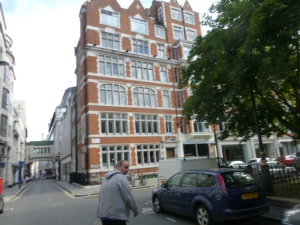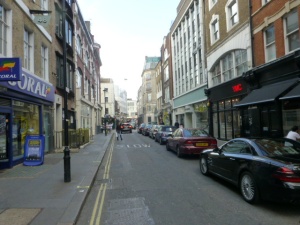SOW for Teaching William Blake at A Level
The task: ELLA 4: Comparative Analysis through Independent Study
– 20%
– Coursework (June)
– Two texts from an OCR prescribed list. One must be poetry. Students can choose two texts from List A or one text from List A and one text from List B. See below fro lists.
– 2000 – 2500 words
– Must include a draft with the final submission.
– The primary focus of candidates’ work must be on literary and linguistic analysis and comparative issues within the texts.
– The essay should be concerned with the question of how / in what ways writers create their effects in order to focus on a particular theme.
Learning Objectives:
Important “learning power” skills:
Resilience: absorption, managing distractions, noticing, perseverance
Resourcefulness: questioning, making links, imagining, reasoning, capitalising
Reflectiveness: planning, revising, distilling, meta-learning (knowing yourself as a learner)
Reciprocity: Interdependence, collaboration, empathy and listening, imitation
Assessment Objectives:
A.O1: Select and apply relevant concepts and approaches from integrated linguistic and literary study, using appropriate terminology and accurate, coherent written expression.
A.O3: Use integrated approaches to explore relationships between texts, analysing and evaluating the significance of contextual factors in their production and reception.
FGI Learning objectives based on the ones above:
To learn how to write in a fluent academic style with passion and panache.
To learn how to use Harvard referencing style for the writing of the essay.
To learn how to think creatively and flexibly under extreme pressure.
To learn how compare and contrast texts. (AO3)
To learn how to discuss contexts of writing and reading. (AO3)
Phase 1
LO: Resilience: building upon what you have achieved.
Introductory phase:
Word association starter: English, books, exams,
Reflect upon what you know so far; assess your achievements; predict your final grade; to develop ability to assess contexts
Word association games connected with the titles of William Blake: piper; innocence; lamb;
Phase 2
LO: A.O3: Use integrated approaches to explore relationships between texts, analysing and evaluating the significance of contextual factors in their production and reception;
Resourcefulness: questioning, making links, imagining, reasoning, capitalising
STARTER:
MAIN TASK:
Reading all the poems in groups; poster work; spider-diagrams showing relationships between the poems; similarities and differences.
Phase 3
LO: Reflectiveness: planning, revising, distilling, meta-learning (knowing yourself as a learner)
A.O1: Select and apply relevant concepts and approaches from integrated linguistic and literary study, using appropriate terminology and accurate, coherent written expression.
STARTER: Revise systematic framework; nouns; verbs; adjectives;
MAIN TASK: Analysing two poems; making comparisons between them and posting on website using website questions as a trigger for ideas.
PLENARY:
Phase 4
LO: Analysing and evaluating the significance of contextual factors in text production and reception.
To learn how to write in a fluent academic style with passion and panache.
To learn how to use Harvard referencing style for the writing of the essay.
Reciprocity: Interdependence, collaboration, empathy and listening, imitation
STARTER: Discussing how to research a book
MAIN TASK: Revising your initial responses to the poems; amplifying with deeper research; sharing of research;
PLENARY:
Phase 5
LO: A.O3: Use integrated approaches to explore relationships between texts, analysing and evaluating the significance of contextual factors in their production and reception.
Resilience: absorption, managing distractions, noticing, perseverance










